Primordialbitch

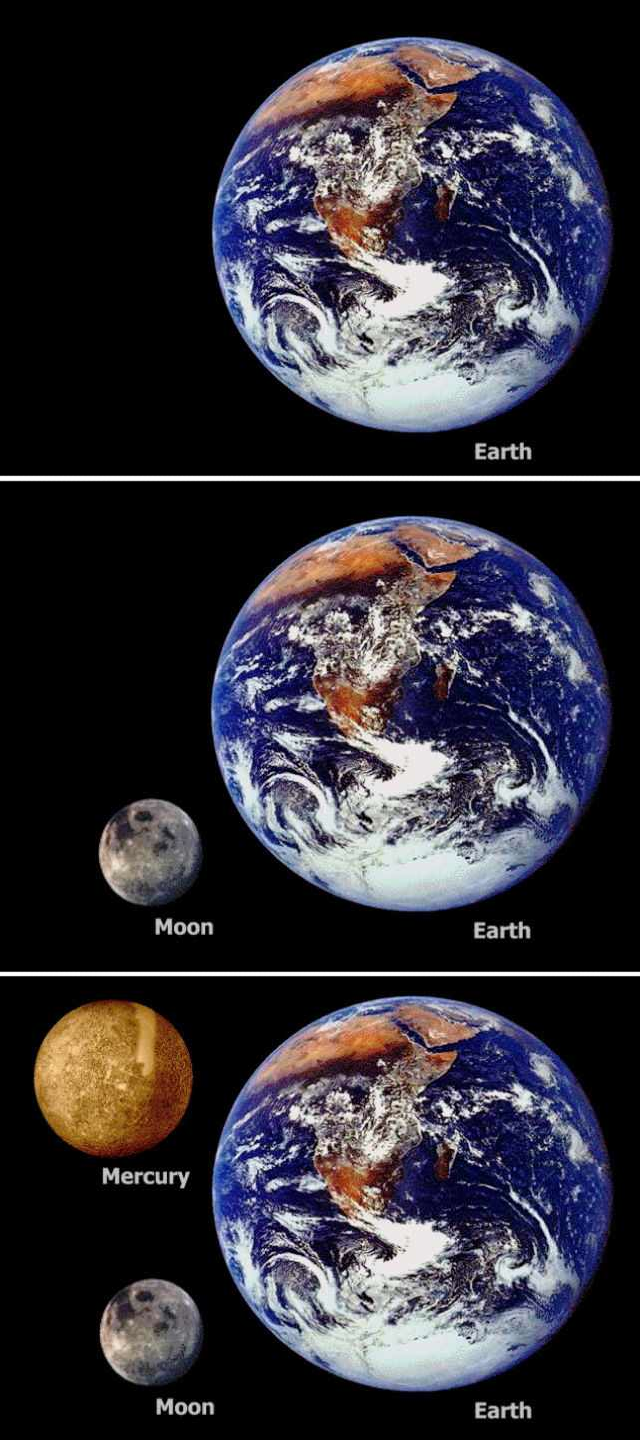
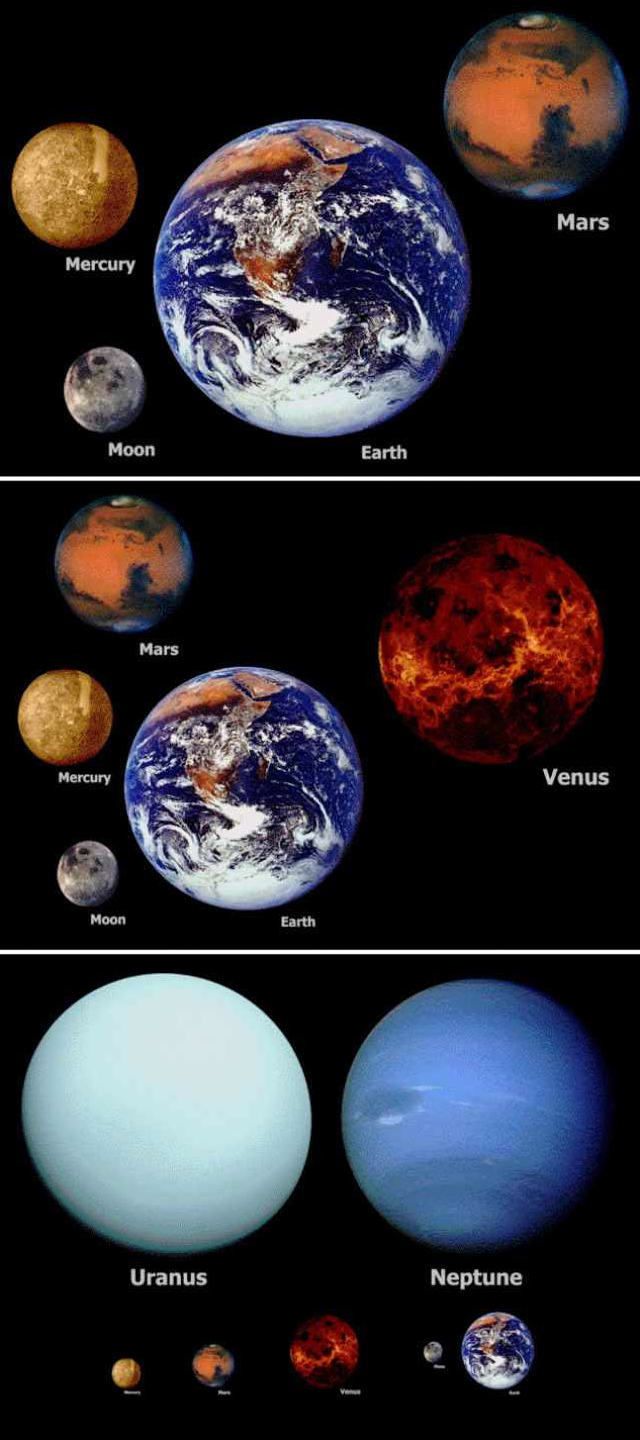
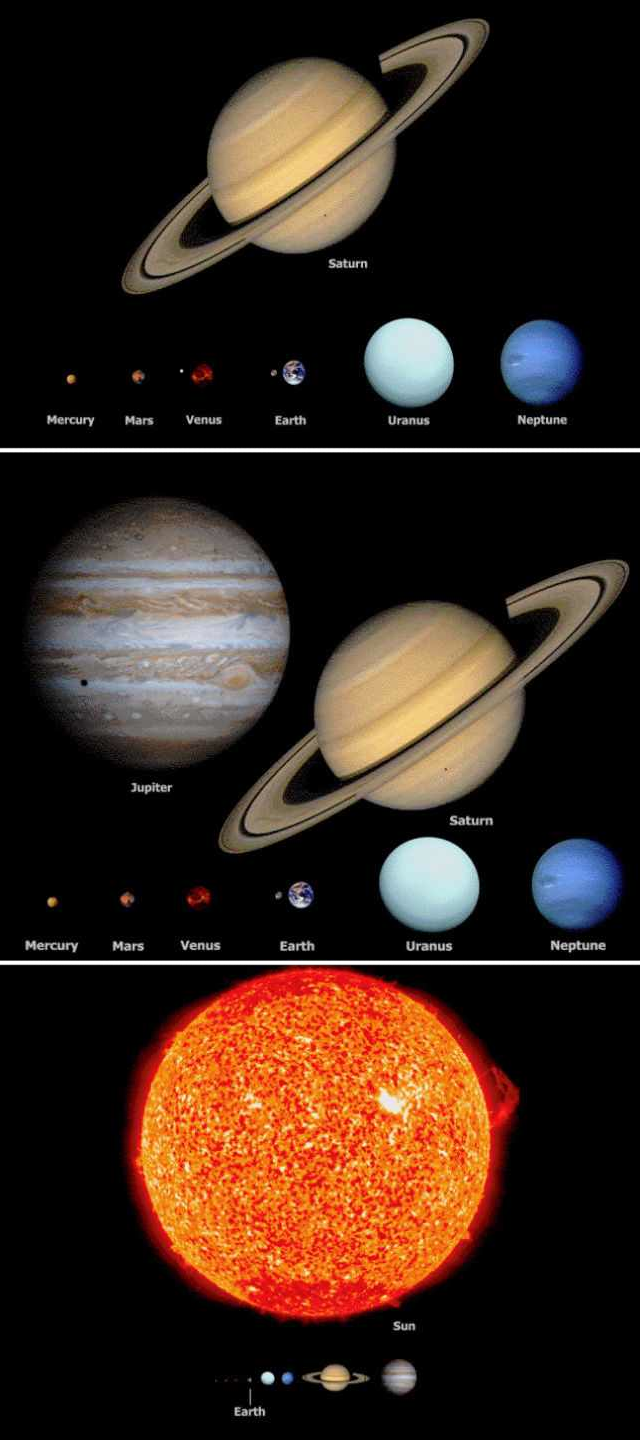
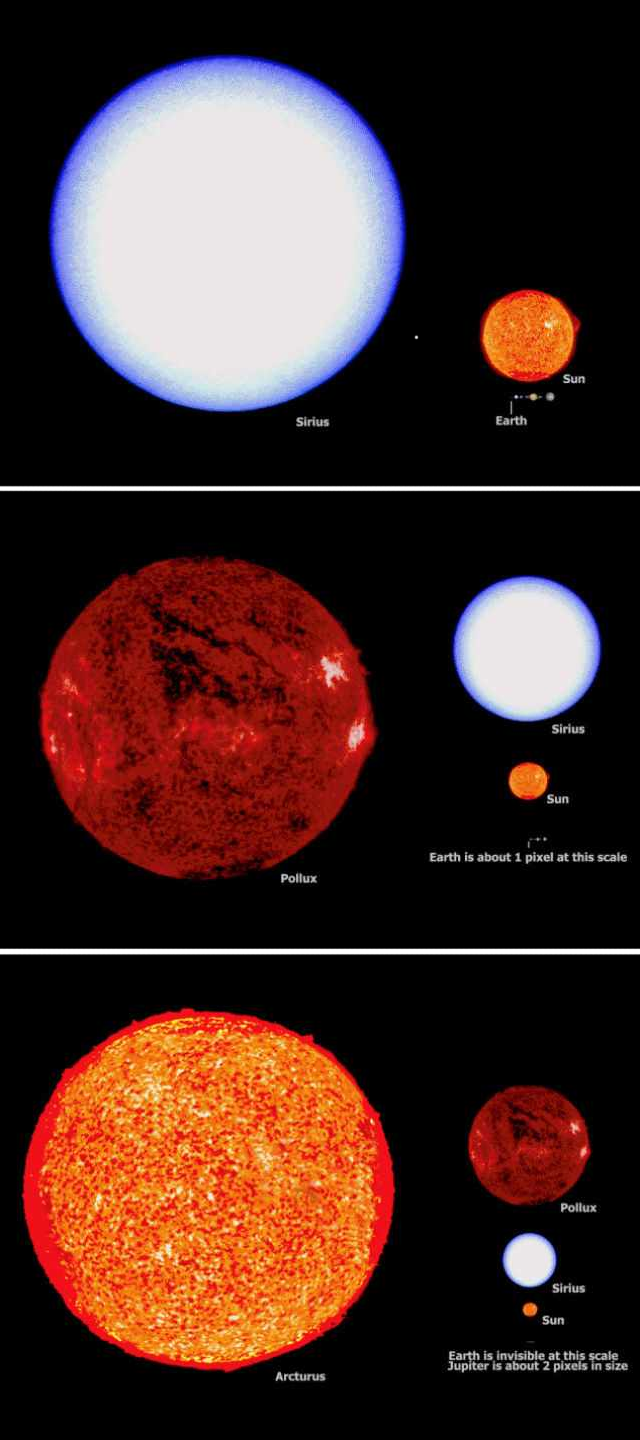



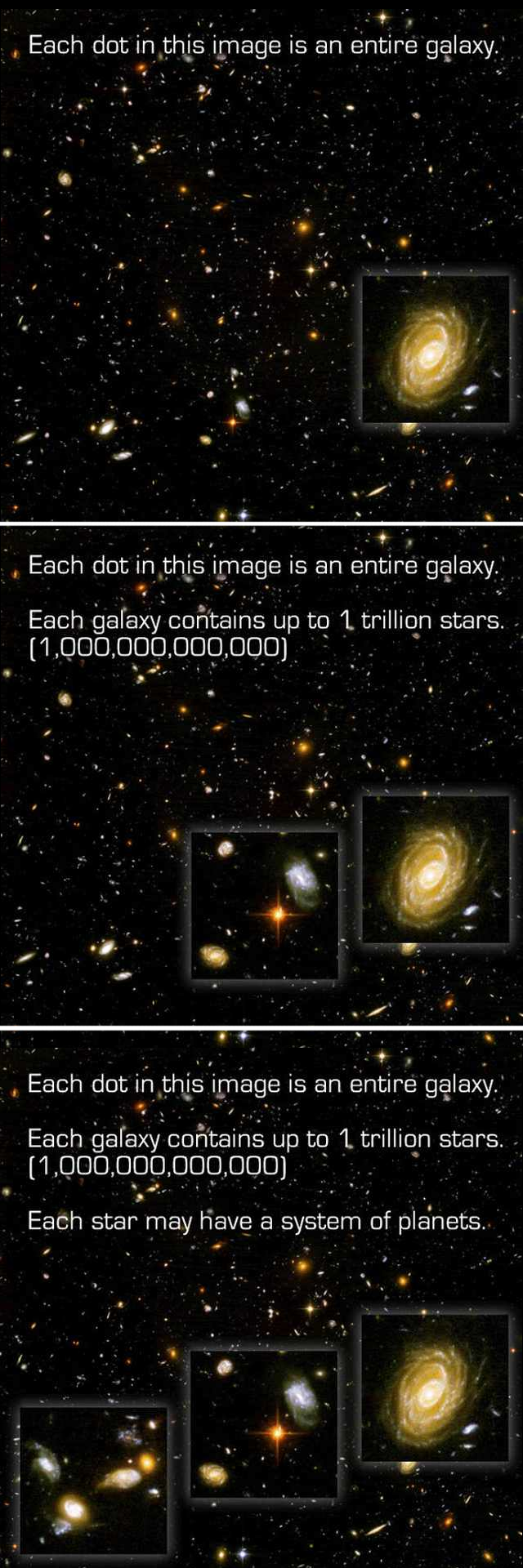

More Posts from Primordialbitch and Others

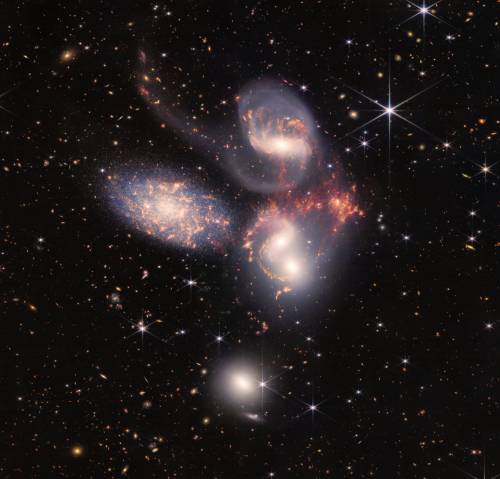
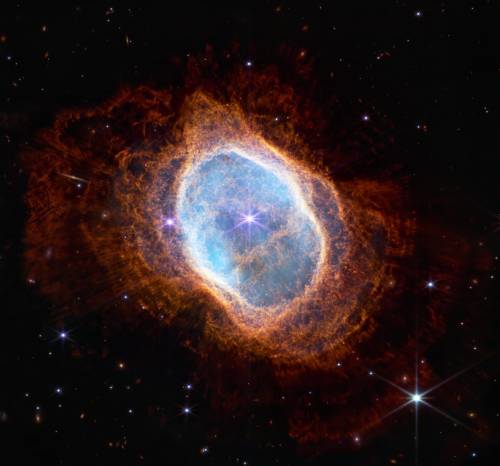
NASA’s Webb Space Telescope Reveals Astounding, Unprecedented Views of the Universe
Gobble Up These Black (Hole) Friday Deals!
Welcome to our 6th annual annual Black Hole Friday! Check out these black hole deals from the past year as you prepare to head out for a shopping spree or hunker down at home to avoid the crowds.
First things first, black holes have one basic rule: They are so incredibly dense that to escape their surface you’d have to travel faster than light. But light speed is the cosmic speed limit … so nothing can escape a black hole’s surface!
Black hole birth announcements
Some black holes form when a very large star dies in a supernova explosion and collapses into a superdense object. This is even more jam-packed than the crowds at your local mall — imagine an object 10 times more massive than the Sun squeezed into a sphere with the diameter of New York City!

Some of these collapsing stars also signal their destruction with a huge burst of gamma rays. Our Fermi Gamma-ray Space Telescope and Neil Gehrels Swift Observatory continuously seek out the signals of these gamma ray bursts — black hole birth announcements that come to us from across the universe.
NICER black holes
There are loads of stellar mass black holes, which are just a few 10s of times the Sun’s mass, in our home galaxy alone — maybe even hundreds of millions of them! Our Neutron Star Interior Composition Explorer, or NICER for short, experiment on the International Space Station has been studying some of those relatively nearby black holes.

Near one black hole called GRS 1915+105, NICER found disk winds — fast streams of gas created by heat or pressure. Scientists are still figuring out some puzzles about these types of wind. Where do they come from, for example? And do they change the way material falls into the black hole? Every new example of these disk winds helps astronomers get closer to answering those questions.
Merging monster black holes
But stellar mass black holes aren’t the only ones out there. At the center of nearly every large galaxy lies a supermassive black hole — one with the mass of millions or billions of Suns smooshed into a region no bigger than our solar system.

There’s still some debate about how these monsters form, but astronomers agree that they certainly can collide and combine when their host galaxies collide and combine. Those black holes will have a lot of gas and dust around them. As that material is pulled into the black hole it will heat up due to friction and other forces, causing it to emit light. A group of scientists wondered what light it would produce and created this mesmerizing visualization showing that most of the light produced around these two black holes is UV or X-ray light. We can’t see those wavelengths with our own eyes, but many telescopes can. Models like this could help scientists know what to look for to spot a merger.
Black holes power bright gamma ray lights
It also turns out that these supermassive black holes are the source of some of the brightest objects in the gamma ray sky! In a type of galaxy called active galactic nuclei (also called “AGN” for short) the central black hole is surrounded by a disk of gas and dust that’s constantly falling into the black hole.

But not only that, some of those AGN have jets of energetic particles that are shooting out from near the black hole at nearly the speed of light! Scientists are studying these jets to try to understand how black holes — which pull everything in with their huge amounts of gravity — provide the energy needed to propel the particles in these jets. If that jet is pointed directly at us, it can appear super-bright in gamma rays and we call it a blazar. These blazars make up more than half of the sources our Fermi space telescope sees.
Catching particles from near a black hole
Sometimes scientists get a two-for-one kind of deal when they’re looking for black holes. Our colleagues at the IceCube Neutrino Observatory actually caught a particle from a blazar 4 billion light-years away. IceCube lies a mile under the ice in Antarctica and uses the ice itself to detect neutrinos, tiny speedy particles that weigh almost nothing and rarely interact with anything. When IceCube caught a super-high-energy neutrino and traced its origin to a specific area of the sky, they turned to the astronomical community to pinpoint the source.

Our Fermi spacecraft scans the entire sky about every three hours and for months it had observed a blazar producing more gamma rays than usual. Flaring is a common characteristic in blazars, so this didn’t attract special attention. But when the alert from IceCube came through, scientists realized the neutrino and the gamma rays came from the same patch of sky! This method of using two or more kinds of signals to learn about one event or object is called multimessenger astronomy, and it’s helping us learn a lot about the universe.

Get more fun facts and information about black holes HERE and follow us on social media today for other cool facts and findings about black holes!
Make sure to follow us on Tumblr for your regular dose of space: http://nasa.tumblr.com.
Ancient Bronze Age city reemerges from Iraq river after extreme drought

When an extreme drought caused a 3,400-year-old city to reemerge from a reservoir on the Tigris River in northern Iraq, archaeologists raced to excavate it before the water returned.
The Bronze Age city, at an archaeological site called Kemune, is a relic of the Mittani Empire (also spelled Mitanni Empire), an ancient kingdom that ruled parts of northern Mesopotamia from around 1500 B.C. to 1350 B.C. Researchers have long known of the remains of the city, but they can only investigate them during droughts.
Archaeologists partly excavated Kemune in 2018 and discovered a lost palace with 22-foot-high (7 meters) walls and chambers decorated in painted murals, Live Science previously reported. This time, researchers mapped most of the city, including an industrial complex and a multistory storage facility that likely held goods from all over the region, according to a statement released by the University of Tübingen in Germany. Read more.

shit man this got me emotional






Black holes ruled out as universe's missing dark matter
For one brief shining moment after the 2015 detection of gravitational waves from colliding black holes, astronomers held out hope that the universe’s mysterious dark matter might consist of a plenitude of black holes sprinkled throughout the universe.
University of California, Berkeley, physicists have dashed those hopes.

Based on a statistical analysis of 740 of the brightest supernovas discovered as of 2014, and the fact that none of them appear to be magnified or brightened by hidden black hole “gravitational lenses,” the researchers concluded that primordial black holes can make up no more than about 40 percent of the dark matter in the universe. Primordial black holes could only have been created within the first milliseconds of the Big Bang as regions of the universe with a concentrated mass tens or hundreds of times that of the sun collapsed into objects a hundred kilometers across.
The results suggest that none of the universe’s dark matter consists of heavy black holes, or any similar object, including massive compact halo objects, so-called MACHOs.
Keep reading
New type of star system? Mysterious radio signal puzzles astronomers
by Laura Nicole Driessen

Meerkat telescope. Sotiris Sanidas, Author provided
After observing a part of the sky near the Southern Constellation of Ara for about two months using MeerKAT, a radio telescope based in the Karoo desert in South Africa, our team of scientists noticed something strange. The radio emission of an object brightened by a factor of three over roughly three weeks.
Intrigued, we continued watching the object and followed this up with observations from other telescopes. We discovered that the unusual flare came from a binary star system – two stars orbiting each other – in our own galaxy. The finding, published in the Monthly Notices of the Royal Astronomical Society, has, however, turned out to be very difficult to explain.
Keep reading
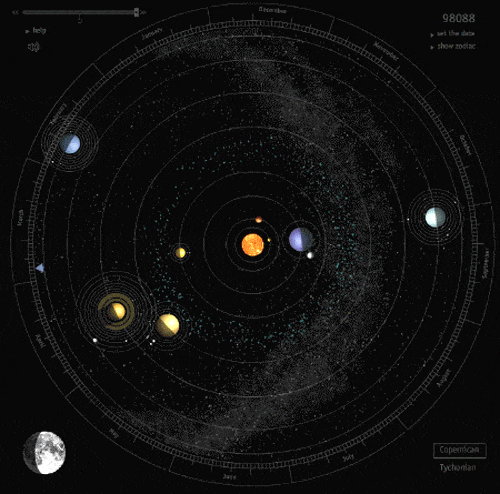
the fact that jupiter and saturn haven’t been physically and observably this close since 1226 is so poetic bc you’re telling me i’m going to look up at and admire the same astronomical anomaly in the sky that someone hundreds and hundreds of years ago, with less knowledge of the stars and the planets than we have now, also looked up at and admired nonetheless. the past is long gone but the awareness of being connected to someone somewhere long ago thru the night sky is overwhelming me
10 Things Einstein Got Right
One hundred years ago, on May 29, 1919, astronomers observed a total solar eclipse in an ambitious effort to test Albert Einstein’s general theory of relativity by seeing it in action. Essentially, Einstein thought space and time were intertwined in an infinite “fabric,” like an outstretched blanket. A massive object such as the Sun bends the spacetime blanket with its gravity, such that light no longer travels in a straight line as it passes by the Sun.
This means the apparent positions of background stars seen close to the Sun in the sky – including during a solar eclipse – should seem slightly shifted in the absence of the Sun, because the Sun’s gravity bends light. But until the eclipse experiment, no one was able to test Einstein’s theory of general relativity, as no one could see stars near the Sun in the daytime otherwise.
The world celebrated the results of this eclipse experiment— a victory for Einstein, and the dawning of a new era of our understanding of the universe.
General relativity has many important consequences for what we see in the cosmos and how we make discoveries in deep space today. The same is true for Einstein’s slightly older theory, special relativity, with its widely celebrated equation E=mc². Here are 10 things that result from Einstein’s theories of relativity:

1. Universal Speed Limit
Einstein’s famous equation E=mc² contains “c,” the speed of light in a vacuum. Although light comes in many flavors – from the rainbow of colors humans can see to the radio waves that transmit spacecraft data – Einstein said all light must obey the speed limit of 186,000 miles (300,000 kilometers) per second. So, even if two particles of light carry very different amounts of energy, they will travel at the same speed.
This has been shown experimentally in space. In 2009, our Fermi Gamma-ray Space Telescope detected two photons at virtually the same moment, with one carrying a million times more energy than the other. They both came from a high-energy region near the collision of two neutron stars about 7 billion years ago. A neutron star is the highly dense remnant of a star that has exploded. While other theories posited that space-time itself has a “foamy” texture that might slow down more energetic particles, Fermi’s observations found in favor of Einstein.

2. Strong Lensing
Just like the Sun bends the light from distant stars that pass close to it, a massive object like a galaxy distorts the light from another object that is much farther away. In some cases, this phenomenon can actually help us unveil new galaxies. We say that the closer object acts like a “lens,” acting like a telescope that reveals the more distant object. Entire clusters of galaxies can be lensed and act as lenses, too.
When the lensing object appears close enough to the more distant object in the sky, we actually see multiple images of that faraway object. In 1979, scientists first observed a double image of a quasar, a very bright object at the center of a galaxy that involves a supermassive black hole feeding off a disk of inflowing gas. These apparent copies of the distant object change in brightness if the original object is changing, but not all at once, because of how space itself is bent by the foreground object’s gravity.
Sometimes, when a distant celestial object is precisely aligned with another object, we see light bent into an “Einstein ring” or arc. In this image from our Hubble Space Telescope, the sweeping arc of light represents a distant galaxy that has been lensed, forming a “smiley face” with other galaxies.

3. Weak Lensing
When a massive object acts as a lens for a farther object, but the objects are not specially aligned with respect to our view, only one image of the distant object is projected. This happens much more often. The closer object’s gravity makes the background object look larger and more stretched than it really is. This is called “weak lensing.”
Weak lensing is very important for studying some of the biggest mysteries of the universe: dark matter and dark energy. Dark matter is an invisible material that only interacts with regular matter through gravity, and holds together entire galaxies and groups of galaxies like a cosmic glue. Dark energy behaves like the opposite of gravity, making objects recede from each other. Three upcoming observatories – Our Wide Field Infrared Survey Telescope, WFIRST, mission, the European-led Euclid space mission with NASA participation, and the ground-based Large Synoptic Survey Telescope — will be key players in this effort. By surveying distortions of weakly lensed galaxies across the universe, scientists can characterize the effects of these persistently puzzling phenomena.
Gravitational lensing in general will also enable NASA’s James Webb Space telescope to look for some of the very first stars and galaxies of the universe.

4. Microlensing
So far, we’ve been talking about giant objects acting like magnifying lenses for other giant objects. But stars can also “lens” other stars, including stars that have planets around them. When light from a background star gets “lensed” by a closer star in the foreground, there is an increase in the background star’s brightness. If that foreground star also has a planet orbiting it, then telescopes can detect an extra bump in the background star’s light, caused by the orbiting planet. This technique for finding exoplanets, which are planets around stars other than our own, is called “microlensing.”
Our Spitzer Space Telescope, in collaboration with ground-based observatories, found an “iceball” planet through microlensing. While microlensing has so far found less than 100 confirmed planets, WFIRST could find more than 1,000 new exoplanets using this technique.

5. Black Holes
The very existence of black holes, extremely dense objects from which no light can escape, is a prediction of general relativity. They represent the most extreme distortions of the fabric of space-time, and are especially famous for how their immense gravity affects light in weird ways that only Einstein’s theory could explain.
In 2019 the Event Horizon Telescope international collaboration, supported by the National Science Foundation and other partners, unveiled the first image of a black hole’s event horizon, the border that defines a black hole’s “point of no return” for nearby material. NASA’s Chandra X-ray Observatory, Nuclear Spectroscopic Telescope Array (NuSTAR), Neil Gehrels Swift Observatory, and Fermi Gamma-ray Space Telescope all looked at the same black hole in a coordinated effort, and researchers are still analyzing the results.

6. Relativistic Jets
This Spitzer image shows the galaxy Messier 87 (M87) in infrared light, which has a supermassive black hole at its center. Around the black hole is a disk of extremely hot gas, as well as two jets of material shooting out in opposite directions. One of the jets, visible on the right of the image, is pointing almost exactly toward Earth. Its enhanced brightness is due to the emission of light from particles traveling toward the observer at near the speed of light, an effect called “relativistic beaming.” By contrast, the other jet is invisible at all wavelengths because it is traveling away from the observer near the speed of light. The details of how such jets work are still mysterious, and scientists will continue studying black holes for more clues.

7. A Gravitational Vortex
Speaking of black holes, their gravity is so intense that they make infalling material “wobble” around them. Like a spoon stirring honey, where honey is the space around a black hole, the black hole’s distortion of space has a wobbling effect on material orbiting the black hole. Until recently, this was only theoretical. But in 2016, an international team of scientists using European Space Agency’s XMM-Newton and our Nuclear Spectroscopic Telescope Array (NUSTAR) announced they had observed the signature of wobbling matter for the first time. Scientists will continue studying these odd effects of black holes to further probe Einstein’s ideas firsthand.
Incidentally, this wobbling of material around a black hole is similar to how Einstein explained Mercury’s odd orbit. As the closest planet to the Sun, Mercury feels the most gravitational tug from the Sun, and so its orbit’s orientation is slowly rotating around the Sun, creating a wobble.

8. Gravitational Waves
Ripples through space-time called gravitational waves were hypothesized by Einstein about 100 years ago, but not actually observed until recently. In 2016, an international collaboration of astronomers working with the Laser Interferometer Gravitational-Wave Observatory (LIGO) detectors announced a landmark discovery: This enormous experiment detected the subtle signal of gravitational waves that had been traveling for 1.3 billion years after two black holes merged in a cataclysmic event. This opened a brand new door in an area of science called multi-messenger astronomy, in which both gravitational waves and light can be studied.
For example, our telescopes collaborated to measure light from two neutron stars merging after LIGO detected gravitational wave signals from the event, as announced in 2017. Given that gravitational waves from this event were detected mere 1.7 seconds before gamma rays from the merger, after both traveled 140 million light-years, scientists concluded Einstein was right about something else: gravitational waves and light waves travel at the same speed.

9. The Sun Delaying Radio Signals
Planetary exploration spacecraft have also shown Einstein to be right about general relativity. Because spacecraft communicate with Earth using light, in the form of radio waves, they present great opportunities to see whether the gravity of a massive object like the Sun changes light’s path.
In 1970, our Jet Propulsion Laboratory announced that Mariner VI and VII, which completed flybys of Mars in 1969, had conducted experiments using radio signals — and also agreed with Einstein. Using NASA’s Deep Space Network (DSN), the two Mariners took several hundred radio measurements for this purpose. Researchers measured the time it took for radio signals to travel from the DSN dish in Goldstone, California, to the spacecraft and back. As Einstein would have predicted, there was a delay in the total roundtrip time because of the Sun’s gravity. For Mariner VI, the maximum delay was 204 microseconds, which, while far less than a single second, aligned almost exactly with what Einstein’s theory would anticipate.
In 1979, the Viking landers performed an even more accurate experiment along these lines. Then, in 2003 a group of scientists used NASA’s Cassini Spacecraft to repeat these kinds of radio science experiments with 50 times greater precision than Viking. It’s clear that Einstein’s theory has held up!

10. Proof from Orbiting Earth
In 2004, we launched a spacecraft called Gravity Probe B specifically designed to watch Einstein’s theory play out in the orbit of Earth. The theory goes that Earth, a rotating body, should be pulling the fabric of space-time around it as it spins, in addition to distorting light with its gravity.
The spacecraft had four gyroscopes and pointed at the star IM Pegasi while orbiting Earth over the poles. In this experiment, if Einstein had been wrong, these gyroscopes would have always pointed in the same direction. But in 2011, scientists announced they had observed tiny changes in the gyroscopes’ directions as a consequence of Earth, because of its gravity, dragging space-time around it.

BONUS: Your GPS! Speaking of time delays, the GPS (global positioning system) on your phone or in your car relies on Einstein’s theories for accuracy. In order to know where you are, you need a receiver – like your phone, a ground station and a network of satellites orbiting Earth to send and receive signals. But according to general relativity, because of Earth’s gravity curving spacetime, satellites experience time moving slightly faster than on Earth. At the same time, special relativity would say time moves slower for objects that move much faster than others.
When scientists worked out the net effect of these forces, they found that the satellites’ clocks would always be a tiny bit ahead of clocks on Earth. While the difference per day is a matter of millionths of a second, that change really adds up. If GPS didn’t have relativity built into its technology, your phone would guide you miles out of your way!
Make sure to follow us on Tumblr for your regular dose of space: http://nasa.tumblr.com.
-
 nzmaleman liked this · 1 week ago
nzmaleman liked this · 1 week ago -
 emuspirit3 liked this · 1 week ago
emuspirit3 liked this · 1 week ago -
 jamjacket1992 liked this · 2 weeks ago
jamjacket1992 liked this · 2 weeks ago -
 chrisbear62 liked this · 2 weeks ago
chrisbear62 liked this · 2 weeks ago -
 rorydbe liked this · 2 weeks ago
rorydbe liked this · 2 weeks ago -
 sassyperfectionsandra liked this · 2 weeks ago
sassyperfectionsandra liked this · 2 weeks ago -
 blackjacktatto liked this · 3 weeks ago
blackjacktatto liked this · 3 weeks ago -
 me32111 liked this · 4 weeks ago
me32111 liked this · 4 weeks ago -
 chloroformparty liked this · 1 month ago
chloroformparty liked this · 1 month ago -
 chrisprice46 liked this · 1 month ago
chrisprice46 liked this · 1 month ago -
 saudademoonlight reblogged this · 1 month ago
saudademoonlight reblogged this · 1 month ago -
 saudademoonlight liked this · 1 month ago
saudademoonlight liked this · 1 month ago -
 flaco2908 liked this · 1 month ago
flaco2908 liked this · 1 month ago -
 redducks-stuff liked this · 1 month ago
redducks-stuff liked this · 1 month ago -
 men-to-dream-of-general reblogged this · 1 month ago
men-to-dream-of-general reblogged this · 1 month ago -
 fltrout liked this · 1 month ago
fltrout liked this · 1 month ago -
 princess45sworld liked this · 1 month ago
princess45sworld liked this · 1 month ago -
 jstpic liked this · 1 month ago
jstpic liked this · 1 month ago -
 mirex43 liked this · 1 month ago
mirex43 liked this · 1 month ago -
 sunkissedfawn liked this · 1 month ago
sunkissedfawn liked this · 1 month ago -
 fortunatelynerdycreation liked this · 1 month ago
fortunatelynerdycreation liked this · 1 month ago -
 livywolf liked this · 1 month ago
livywolf liked this · 1 month ago -
 ws-interest reblogged this · 1 month ago
ws-interest reblogged this · 1 month ago -
 amanda323sstuff liked this · 1 month ago
amanda323sstuff liked this · 1 month ago -
 herqueenstrawberry reblogged this · 1 month ago
herqueenstrawberry reblogged this · 1 month ago -
 abookofobscuresorrows liked this · 1 month ago
abookofobscuresorrows liked this · 1 month ago -
 rilke reblogged this · 1 month ago
rilke reblogged this · 1 month ago -
 rilke liked this · 1 month ago
rilke liked this · 1 month ago -
 1-800-witchbtch liked this · 1 month ago
1-800-witchbtch liked this · 1 month ago -
 voidic3ntity liked this · 1 month ago
voidic3ntity liked this · 1 month ago -
 lusydemarta123 reblogged this · 1 month ago
lusydemarta123 reblogged this · 1 month ago -
 sappho-galactica liked this · 1 month ago
sappho-galactica liked this · 1 month ago -
 ahalal-uralma reblogged this · 1 month ago
ahalal-uralma reblogged this · 1 month ago -
 slumsaintt liked this · 1 month ago
slumsaintt liked this · 1 month ago -
 odracirm liked this · 1 month ago
odracirm liked this · 1 month ago -
 midnight-cowboy5okinawa reblogged this · 1 month ago
midnight-cowboy5okinawa reblogged this · 1 month ago -
 midnight-cowboy5okinawa liked this · 1 month ago
midnight-cowboy5okinawa liked this · 1 month ago -
 simplysitha liked this · 1 month ago
simplysitha liked this · 1 month ago -
 collectiveglitter liked this · 1 month ago
collectiveglitter liked this · 1 month ago -
 kurumbukaari reblogged this · 1 month ago
kurumbukaari reblogged this · 1 month ago -
 decaffeinatedsludgehumanoidmoney liked this · 1 month ago
decaffeinatedsludgehumanoidmoney liked this · 1 month ago -
 martiandmichelle liked this · 1 month ago
martiandmichelle liked this · 1 month ago -
 rocketgirlerin liked this · 1 month ago
rocketgirlerin liked this · 1 month ago -
 pandorami reblogged this · 1 month ago
pandorami reblogged this · 1 month ago -
 btwin2men74 reblogged this · 1 month ago
btwin2men74 reblogged this · 1 month ago -
 btwin2men74 liked this · 1 month ago
btwin2men74 liked this · 1 month ago
